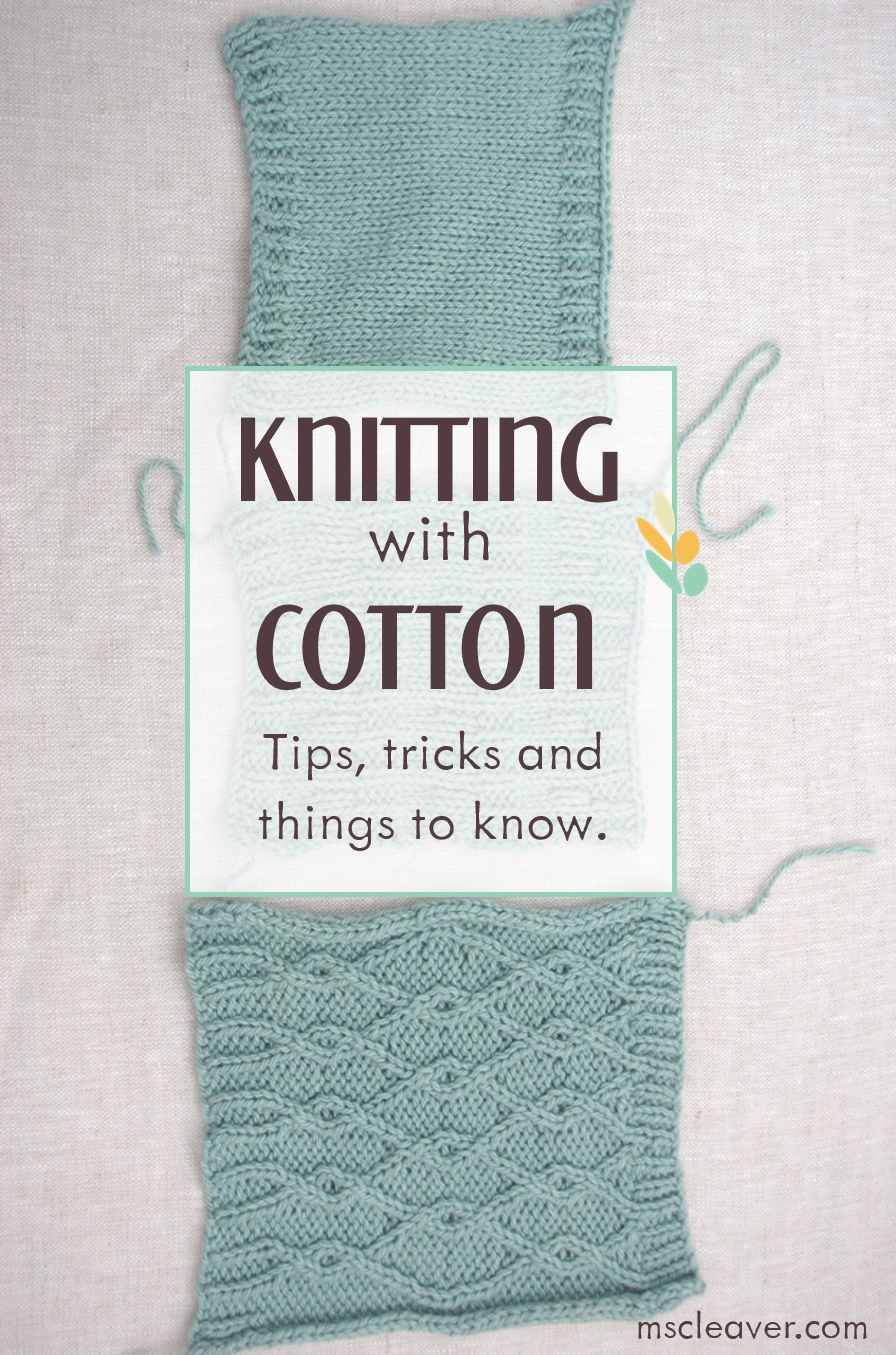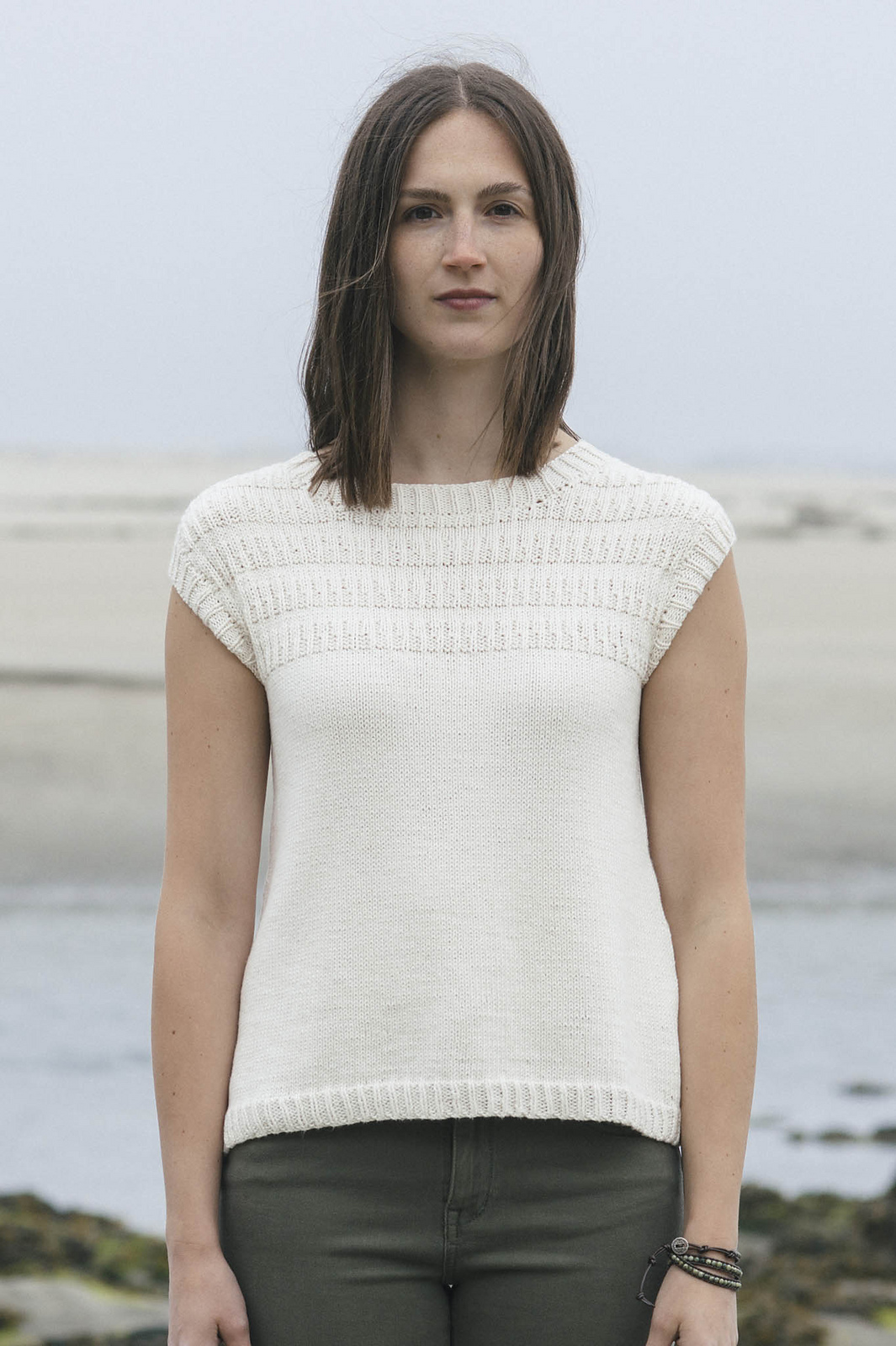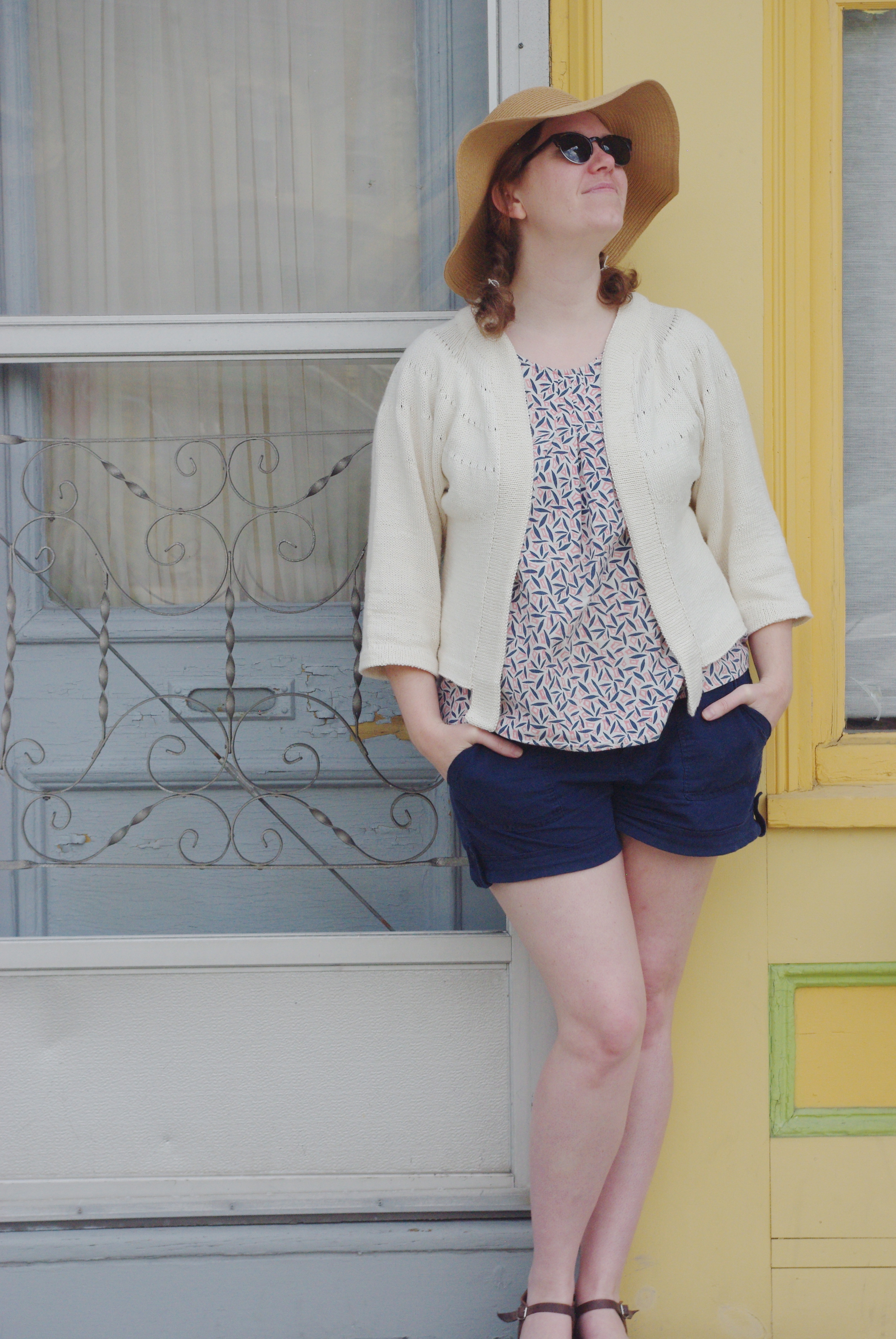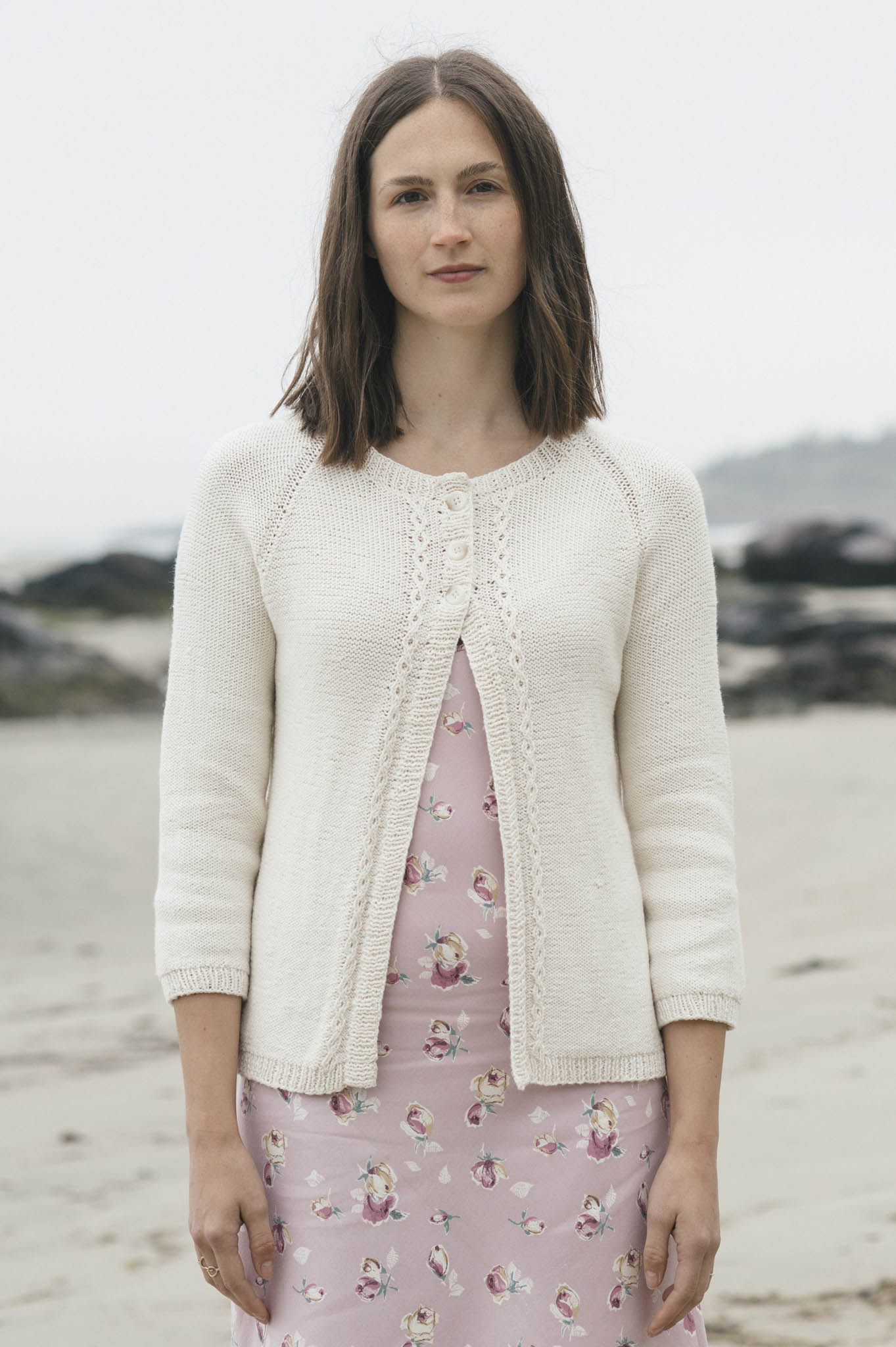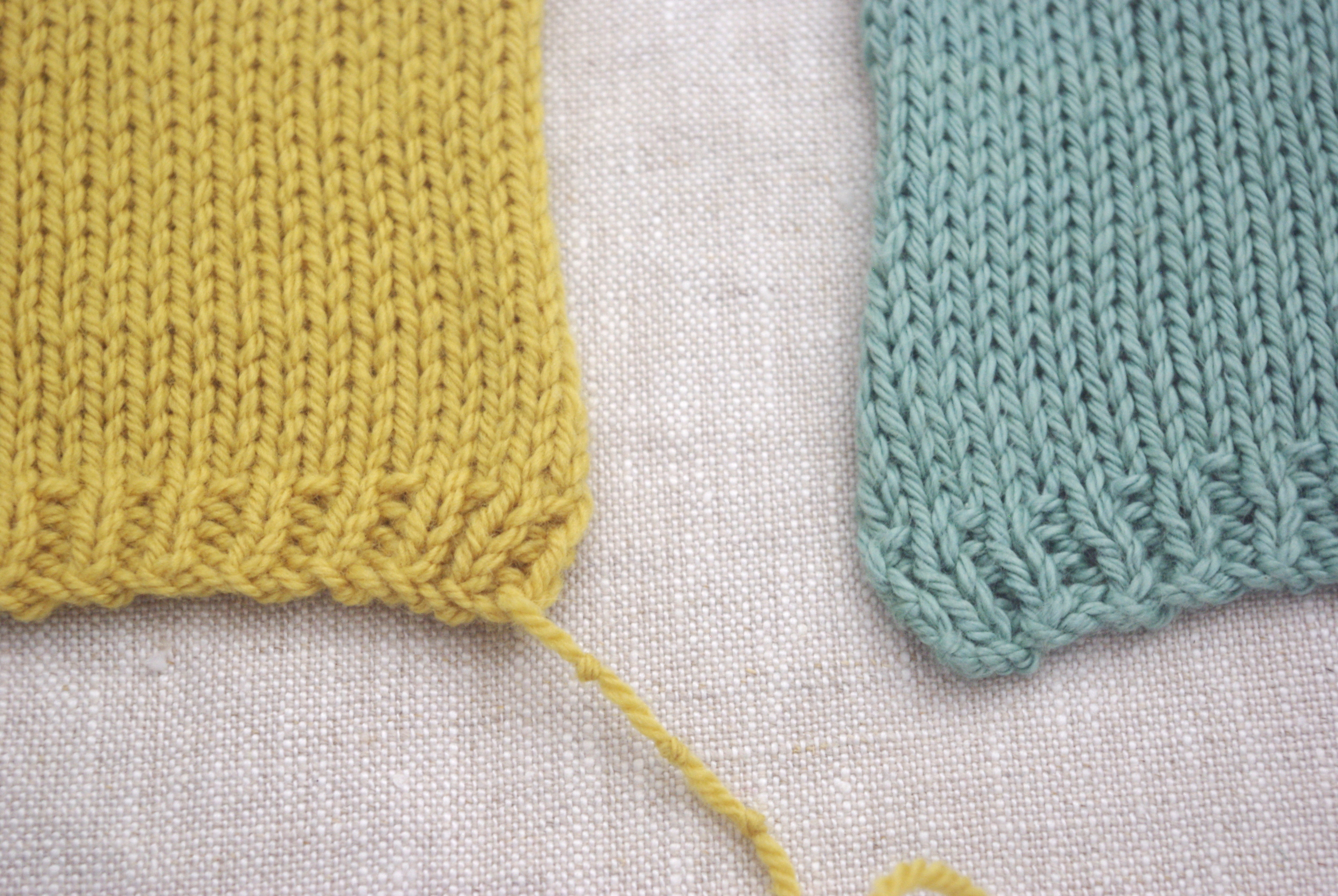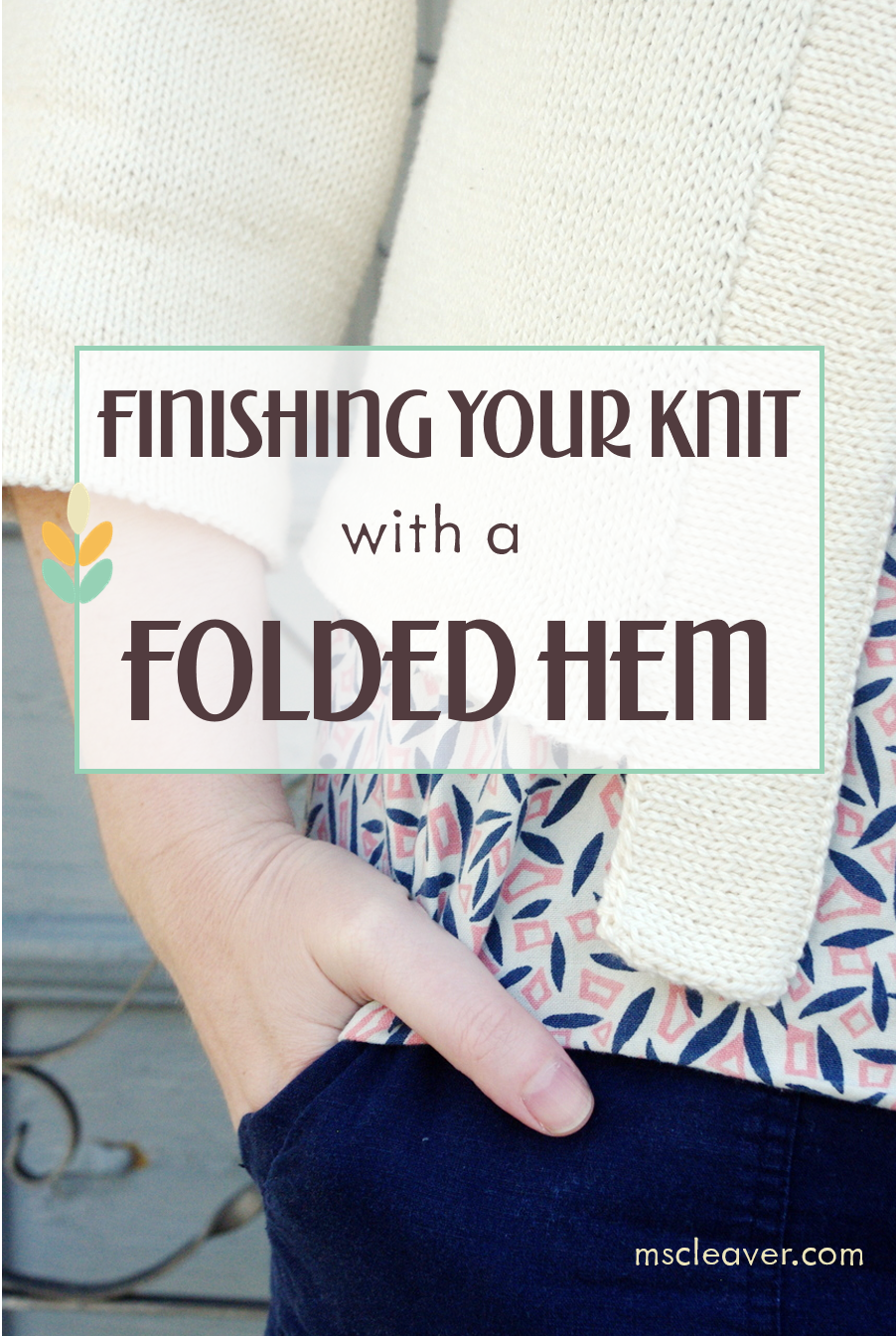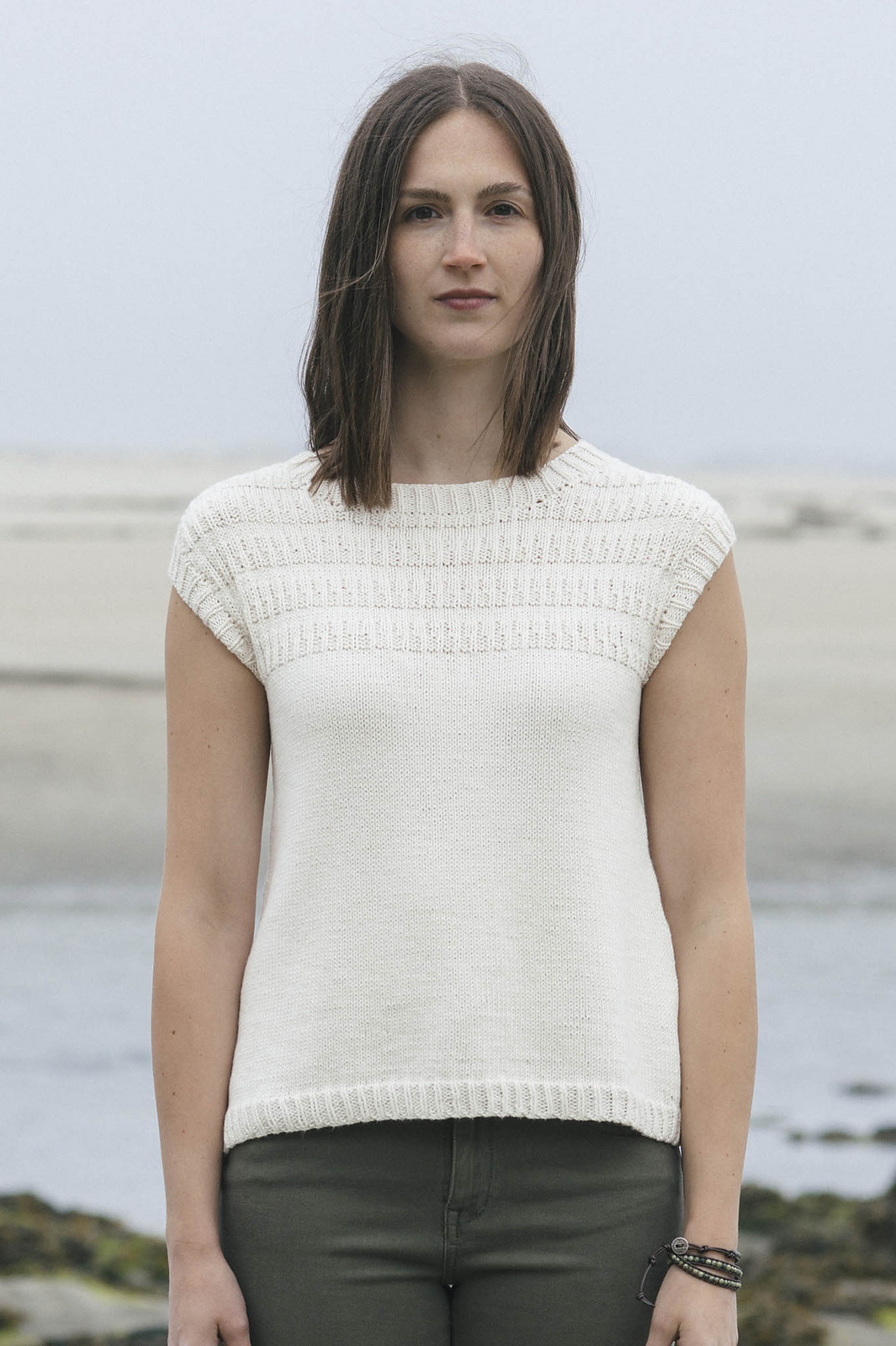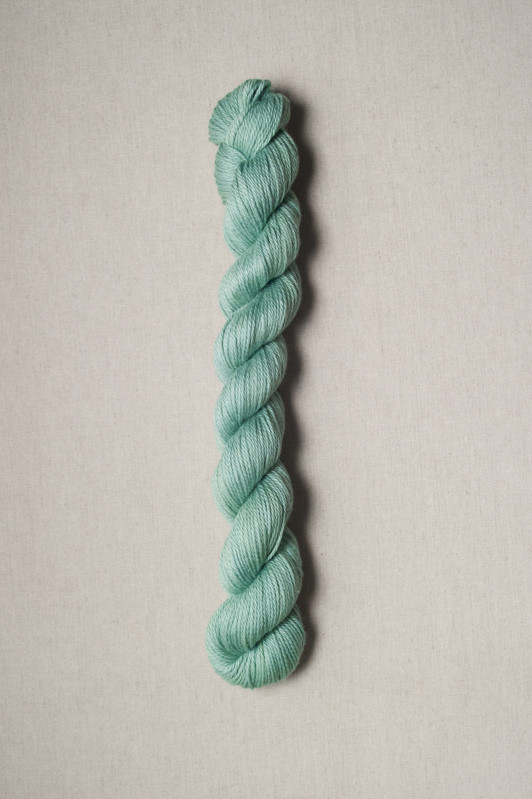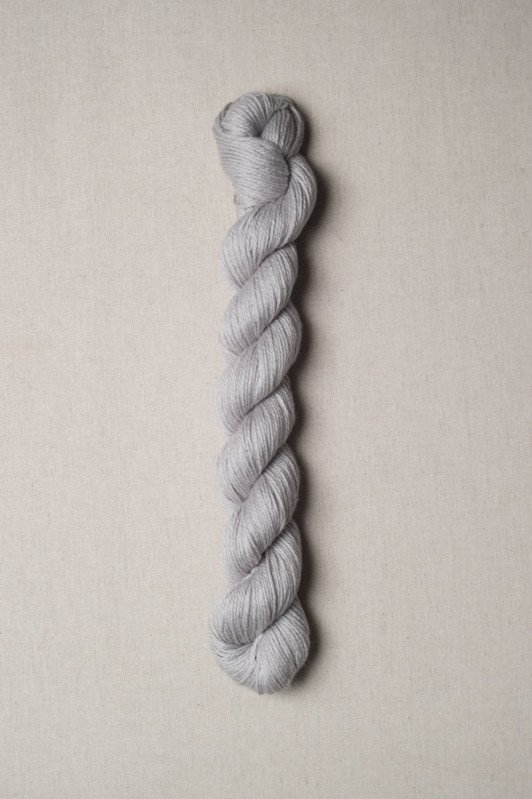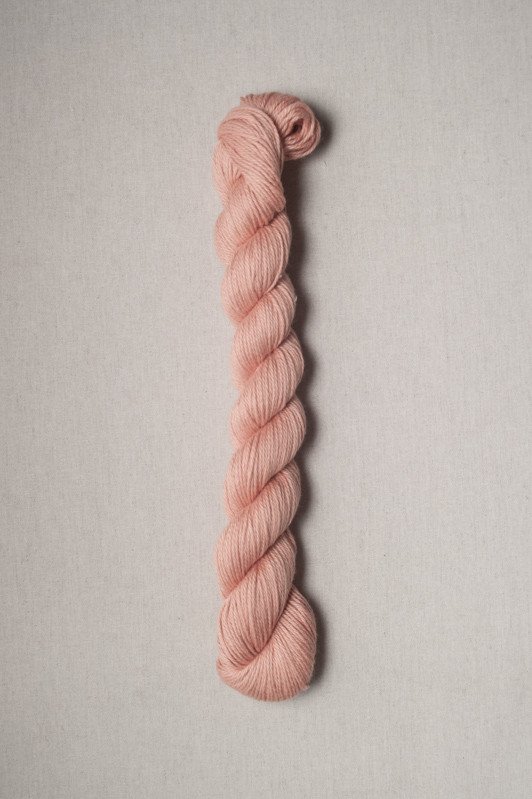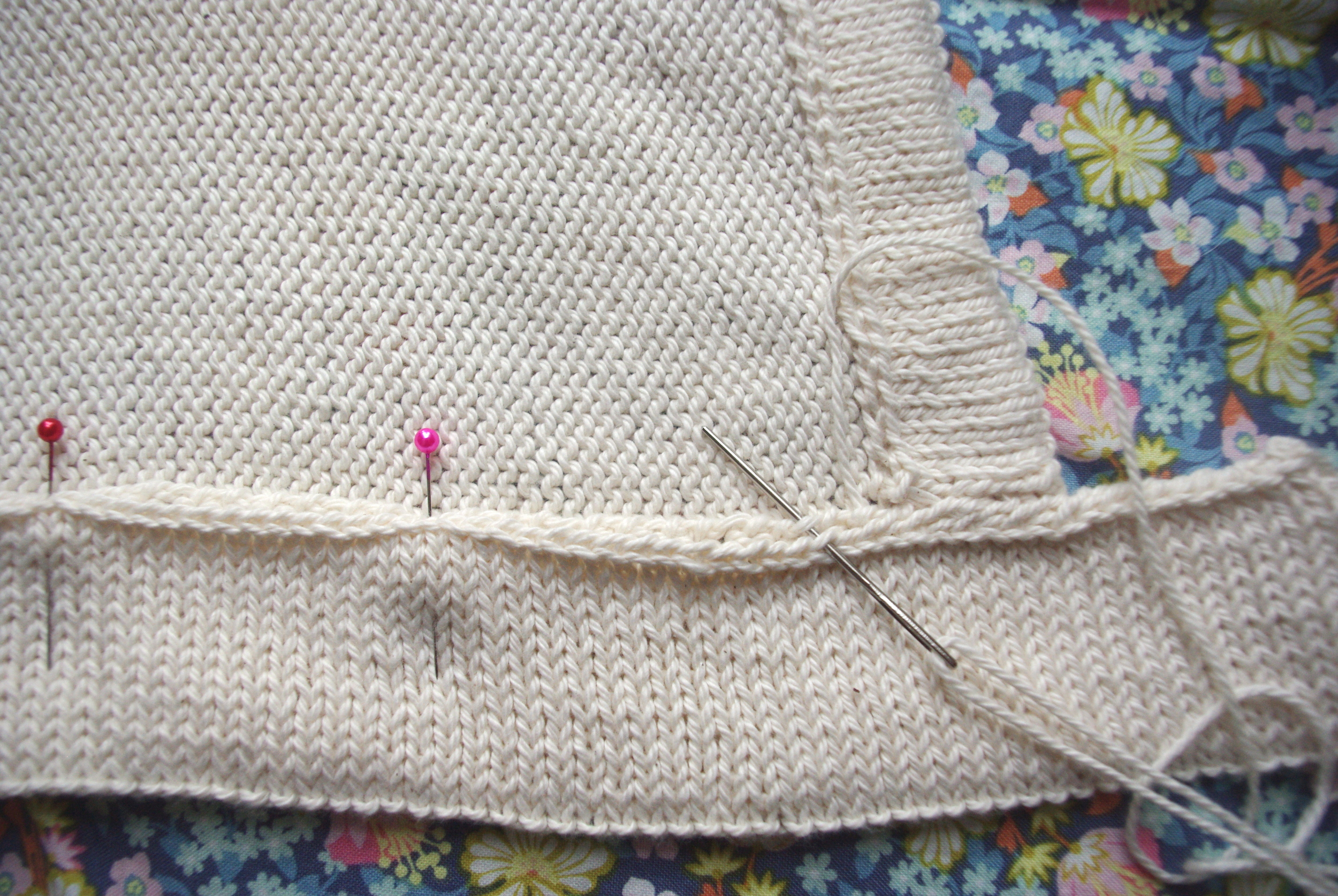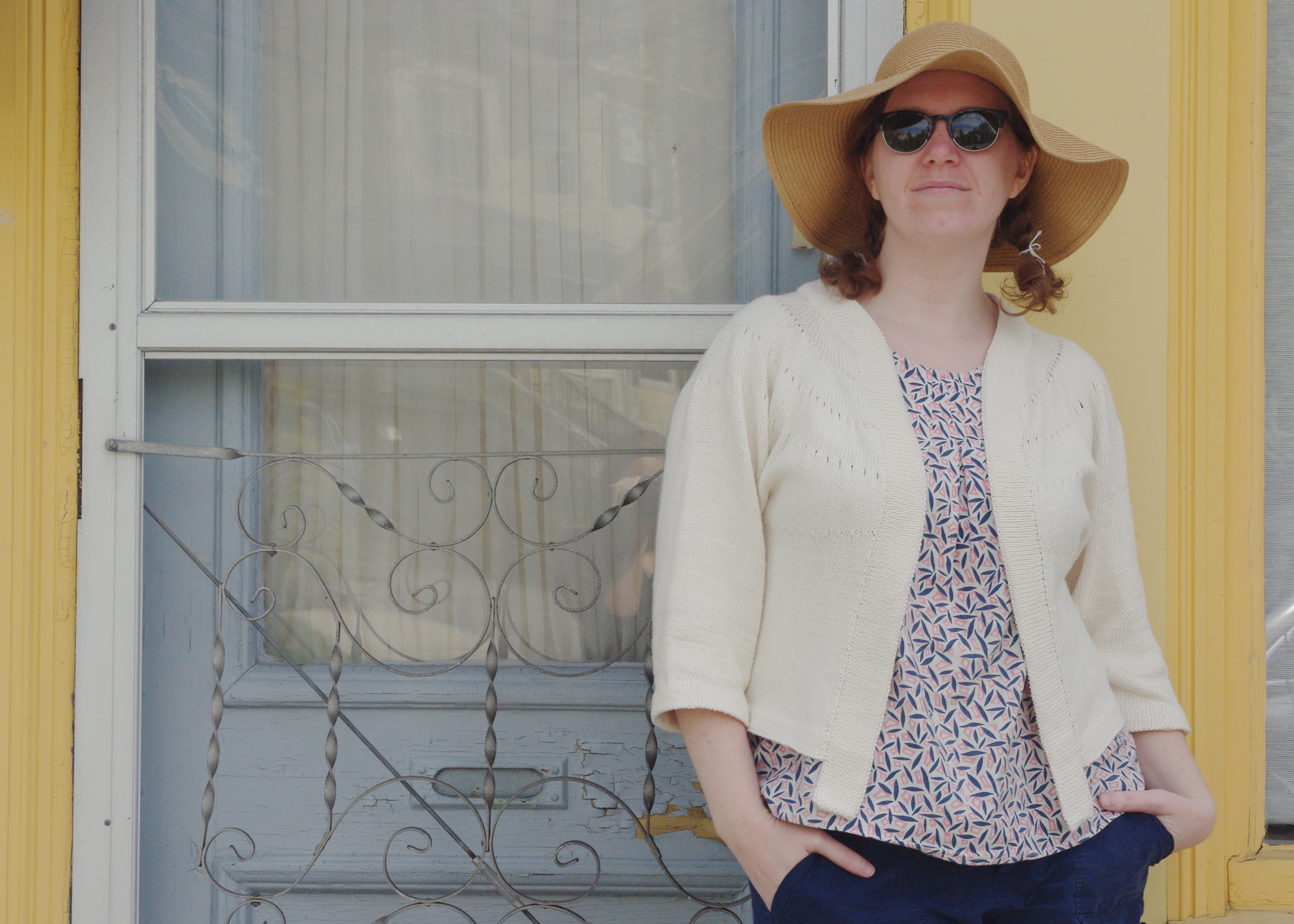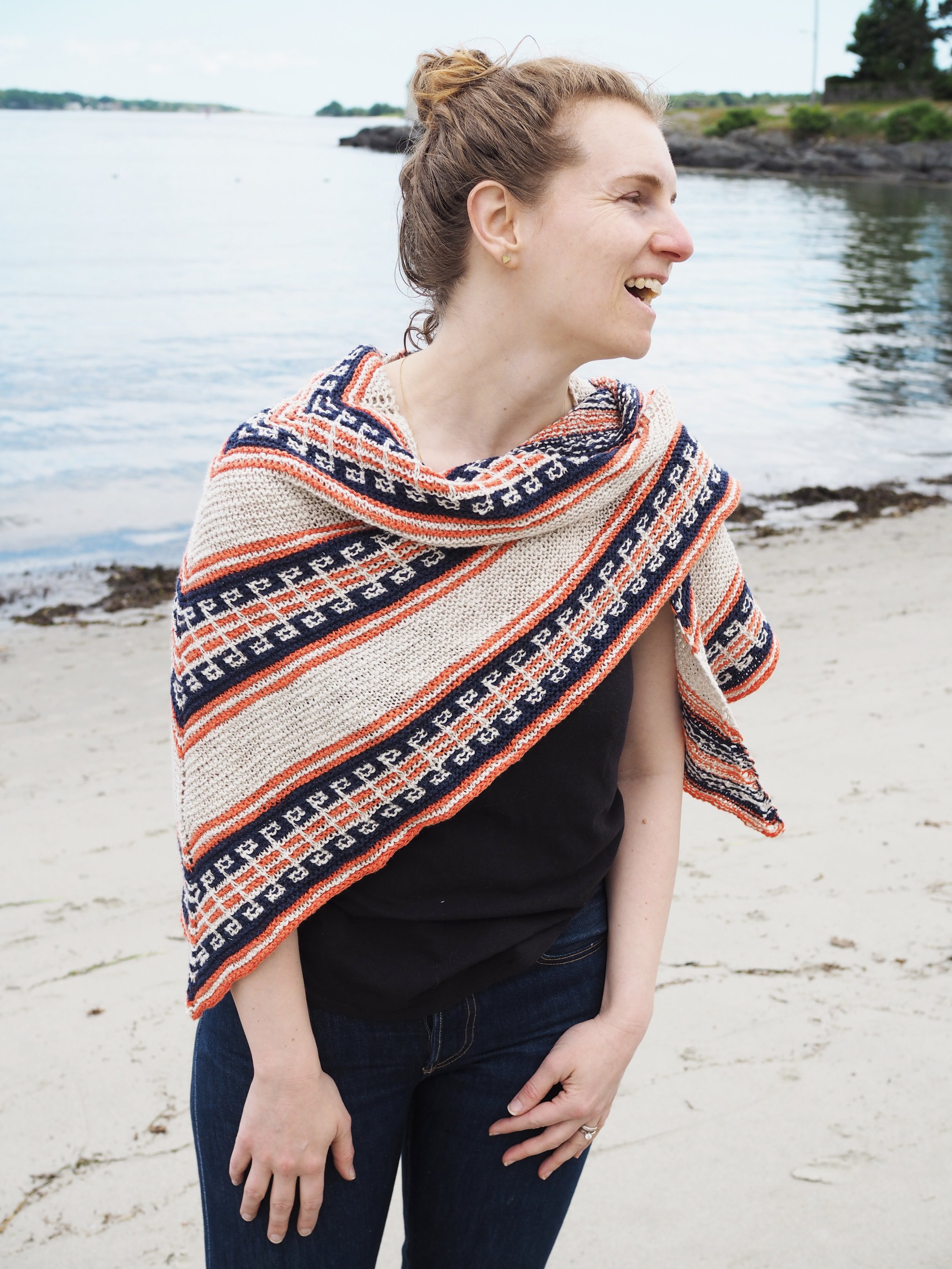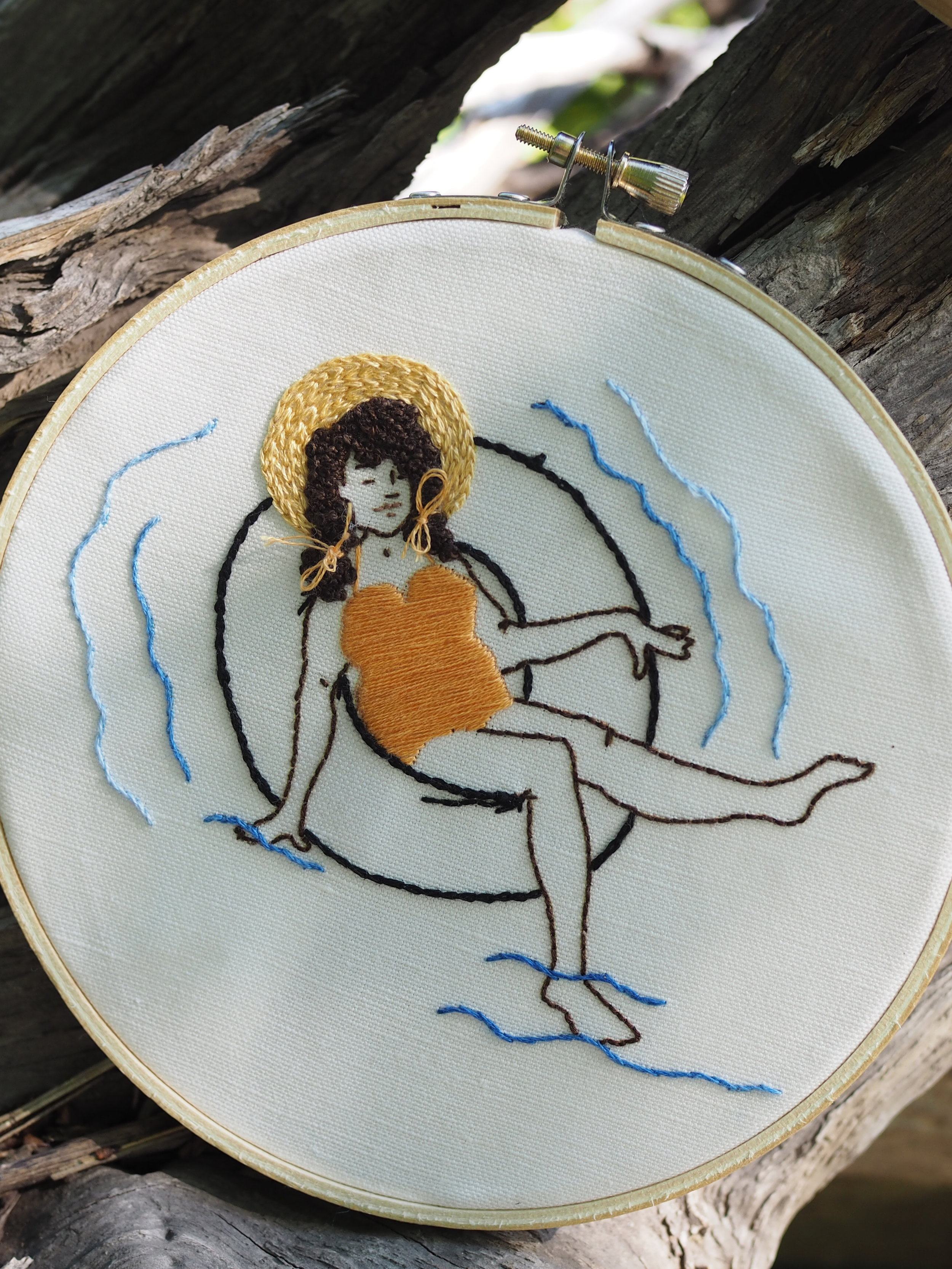Earlier this year I had the chance to spend a lot of quality time with Willet, Quince & Co's sport-weight 100% cotton yarn. After swatching my way through a skein of yarn, I had some ideas of what did and didn't work in the yarn, and came up with three very different designs: Atlee, Ocaso, and Caiterly. While cotton yarn isn't as commonly seen in hand-knitted garments as wool or even linen, it doesn't need to be relegated to the land of dishcloths, as cotton can be very versatile and wearable.
It does, however, have some distinct differences from it's woolly counterparts that should be kept in mind, which I'll be covering today. For all the photos in this post, Willet is shown in the Dinghy colorway, a teal, and I'll be comparing it with Quince's Chickadee - a 100% sport-weight wool in Carrie's Yellow. Both swatches were knit with the same stitch and row count on size US 5 (3.75 mm) needles.
Gauge
Per the tag guidelines, both Willet's and Chickadee's base gauge is 6 sts/inch on size 5 (3.75 mm) needles. When I made the swatches, I hit 6sts/inch exactly on my stitch gauge for both yarns, but Willet had 8.25 rows/inch, while Chickadee came in at 9 rows/inch. Over 12 inches, this is 9 rows of difference, so it can really add up over a long length (like a sleeve or body)
Tip #1 - when alternating between wool and cotton, pay attention to row gauge.
Fabric Characteristics
Even though the gauge is quite similar, the fabric itself behaves rather differently. The wool is much squishier and plusher, and tends to hold it's shape better, while the cotton is more floppy, but not exactly drapey (not like silk or linen). The wool, in general, has better recovery (springs back to shape), while cotton has a more relaxed vibe.
Tip #2 - for highly structured knits, cotton isn't your best bet, but it works great for softer, more relaxed lines.
Weight
Though these swatches are basically the same size (the Willet is 5"x4.5"; Chickadee is 5"x 4.25"). the cotton weighs a gram more. This is why 50g of Chickadee (100% wool) gets you 181 yds, while 50g of Willet (100% cotton) gets you 160 yds. This weight can make a difference in two things: number of skeins required and the row gauge of finished product.
A few grams isn't a big deal in a swatch, but again, it can really add up over a large garment. If you were working, say, a sweater coat in both yarns, the additional weight of the cotton can drag the garment down, lengthening the row gauge and pulling more on the shoulder seams, and again, leading to a more relaxed silhouette.
The weight can be compensated for in a number of ways - making a close-fitting garment, so the weight is distributed across the body; having strong shoulder seams; and making sure to block the garment flat.
Tip #3 - a little extra weight can add up, so choose your pattern wisely
The Yarn
The biggest complaint I've heard about cotton yarn is that it "has no give" and/or "it hurts my hands." The "no give" is pretty much true.
Remember how I mentioned the fabric of the wool swatch is springier and has more recovery? The same is true of the yarn itself.
From a 6 inch piece, I was able to easily stretch the wool yarn an additional 2 inches, and it sprung right back into place. With the same length of cotton yarn, I could barely stretch it all, even pulling quite hard. If you're used to tensioning wool yarn, this can be quite a shift. So once again, the key to cotton is relax. Let the yarn glide through your hands, rather than trying to pull it.
Tip #4 - When knitting with cotton, relax and don't try to fight the yarn.
But don't think of this rigidity as a knock against the yarn. It has some great benefits, namely that the stitch definition is fantastic. The reason the single stitch cables on Caiterly or the subtle patterning on Atlee's yoke work is because of the way the Willet stitches sit on top of the fabric, instead of blending in the way it would more with wool. One caveat: this means ends don't blend in as well too, so hides your ends in an inconspicuous place, like the side seams.
Tip #5 - Pay attention to ends, but enjoy the stitch definition!
Blocking and Washability
One of the big draws of cotton is it's washability. It can go in the washer and the dryer and be none the worse for wear. Both the swatches were washed loose and dried along with a load of laundry in a top loading machine on warm and a standard electric dryer on regular. While the wool swatch clearly felted, losing about a half an inch in both length and width, the cotton swatch was virtually unchanged. That said, some cotton yarns may experience more shrinkage than others, and it may be more noticeable over a larger area than this rather small swatch.
Tip #5 - treat your swatch like you intend to treat the finished garment, then measure gauge
In Conclusion
Cotton is great for a lot of things, but not everything. So as with any project, match your yarn appropriately to the project and you'll have success! So let's get the cotton yarn out of the kitchen and on to our bodies.

